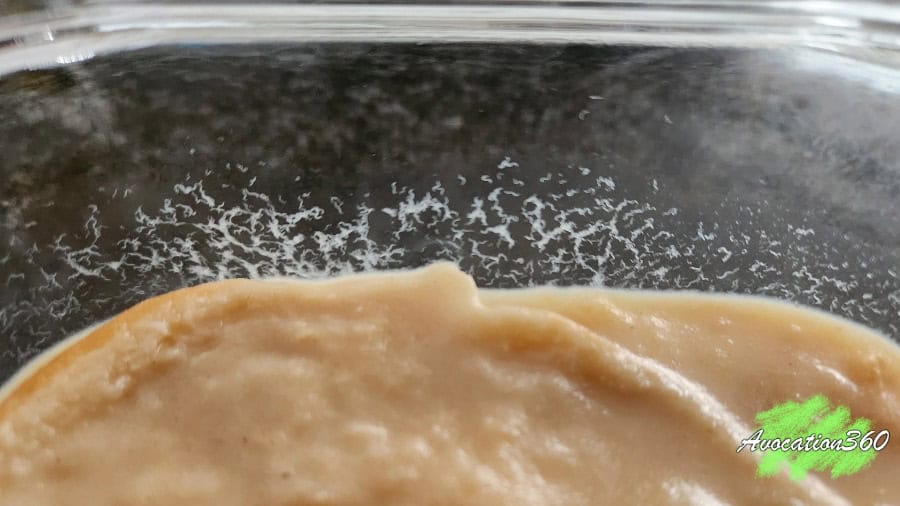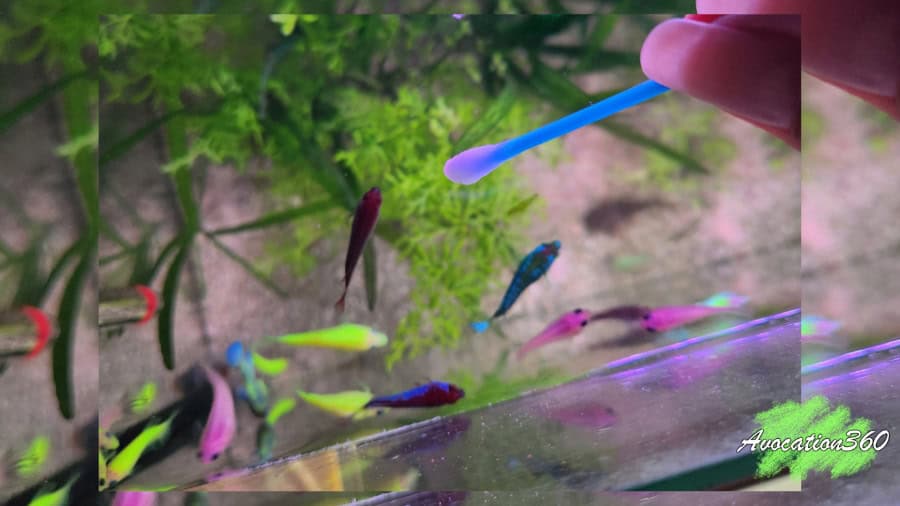How To Culture Microworms (Live Fish Food)
Microworms are among the most straightforward worms to keep and require the least work. I love keeping them to feed to my Betta fry. Microworms are an excellent food source for any fish, primarily for smaller carnivorous fish and fry.
Here, we will go through how you can get set up using a starter and what you need to have a happy microworm environment at home.
Setting Up Your Microworm Container
I started using a clear plastic container, but my container didn’t have smooth sides, so harvesting was difficult. Make sure whichever container you choose has smooth sides to harvest your worms without hassles. I found it easier to use a shallow dish than a deep one. The lid you use should not seal the container entirely, as gas needs to escape.
I purchase my microworm starter from my local pet store; when you buy yours, make sure that you ask what food they have been using for their starter. This will help your microworms thrive better and ensure you provide them with the best similar food.
Active dry yeast can be purchased at any local grocery store. It’s the same yeast used for baking bread. You will sprinkle this ingredient over the wet bread each time you give your worms their next meal.
You can use white or brown bread, whichever you have at home. This will be the base of the food source for your worms. You can cut the bread to fit your chosen container or use a container large enough to accommodate a slice.
You will sprinkle white or brown sugar over the bread in your container. This helps the yeast activate and speed up fermentation, creating the perfect environment for the microworms.
When adding your bread to your container, it needs to be moist. You will need dechlorinated water; you can scoop some fish tank water to moisten the bread. Moisture is necessary for the yeast and sugar to ensure that all the elements that will allow the yeast to flourish are present.
You will have to choose a spot in your home where you would like to keep the worms. It should be a warmer area. I keep mine in my cupboard, where the house is slightly warmer. Many people keep their worm containers on top of their fridges. Just make sure the spot you choose is warmer.
The yeast needs a warmer environment. In a colder environment, the yeast won’t activate, and your worms will remain almost dormant.
How To Culture Microworms

Once you have all your items together, it is effortless to cultivate microworms.
Start by moistening your bread with dechlorinated water. The bread should be wet, but water shouldn’t drip from it. I always squeeze the bread just a little to remove excess water.
Place the piece of white bread into your chosen container. Next, sprinkle the bread with your active dry yeast. I make a small cut in my yeast packet and use my finger to tap the sachet so a nice amount of yeast escapes over the entire bread. I lightly dust the surface of the bread with the yeast.
Next, I sprinkle the sugar in the same way to lightly dust the entire piece of bread. I then take a chopstick and mash everything together to make a yeasty bread paste. Once everything is incorporated, I add the microworms starter contents to the middle of the container, on top of the paste.
Now, you lightly close the lid, closed enough for no other bugs to enter but open enough for gas to escape. You can now place your container in your chosen warm spot. It is best if the culture doesn’t get direct sunlight.
What Do I Feed My Microworms
Feeding your microworms are just as easy as starting the culture.
You will follow the same steps as culturing by wetting a new piece of bread, adding yeast and sugar, and adding it to the culture (on top).
You will know when your worms need more food when you see the number of worms, you can harvest decreasing, or the bread seems to have “melted” away.
Remember to mix up the entire mix each second feeding time so you can ensure that all the nutrients of your culture are mixed properly. Stirring also helps increase the number of worms you can harvest.
How To Harvest Microworms

I love using a cotton bud (Q-tip) to harvest my worms. Some people prefer using their fingers, but I’m not particularly eager to touch the worms, and I do not believe in having my fingers in the fish tank if it isn’t necessary.
When the worms move to the side of the glass or plastic container, they are ready for harvest. You then run your cotton bud or Q-tip over them; I swirl my Q-tip as I run over them to make sure I pick up more at a time.
I then dip my Q-tip into the fish tank water and swirl it around to ensure the worms are off. If I have to harvest more worms, I squeeze the excess water from my Q-tip before harvesting more worms so I don’t add additional water to the culture.
My Betta fry love microworms; microworms are an excellent option for fish fry because they are so small, easy to cultivate, and nutritious.
